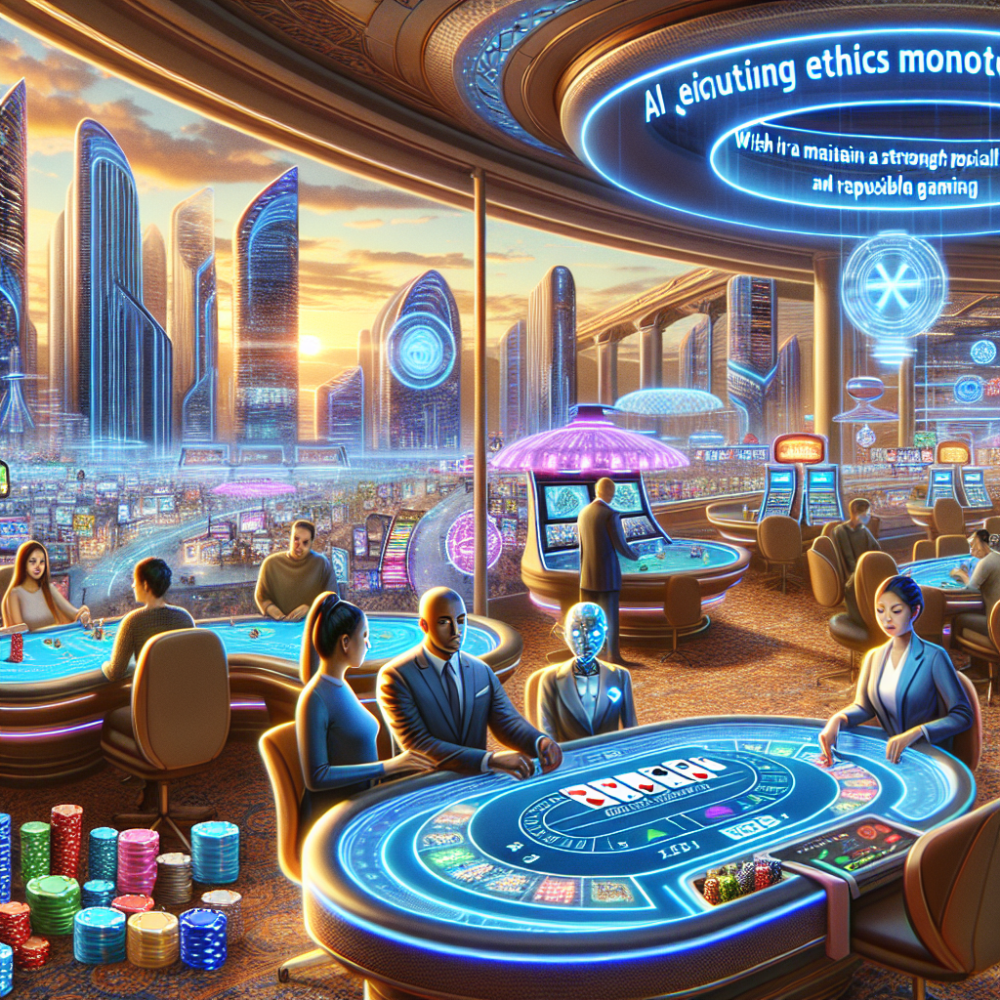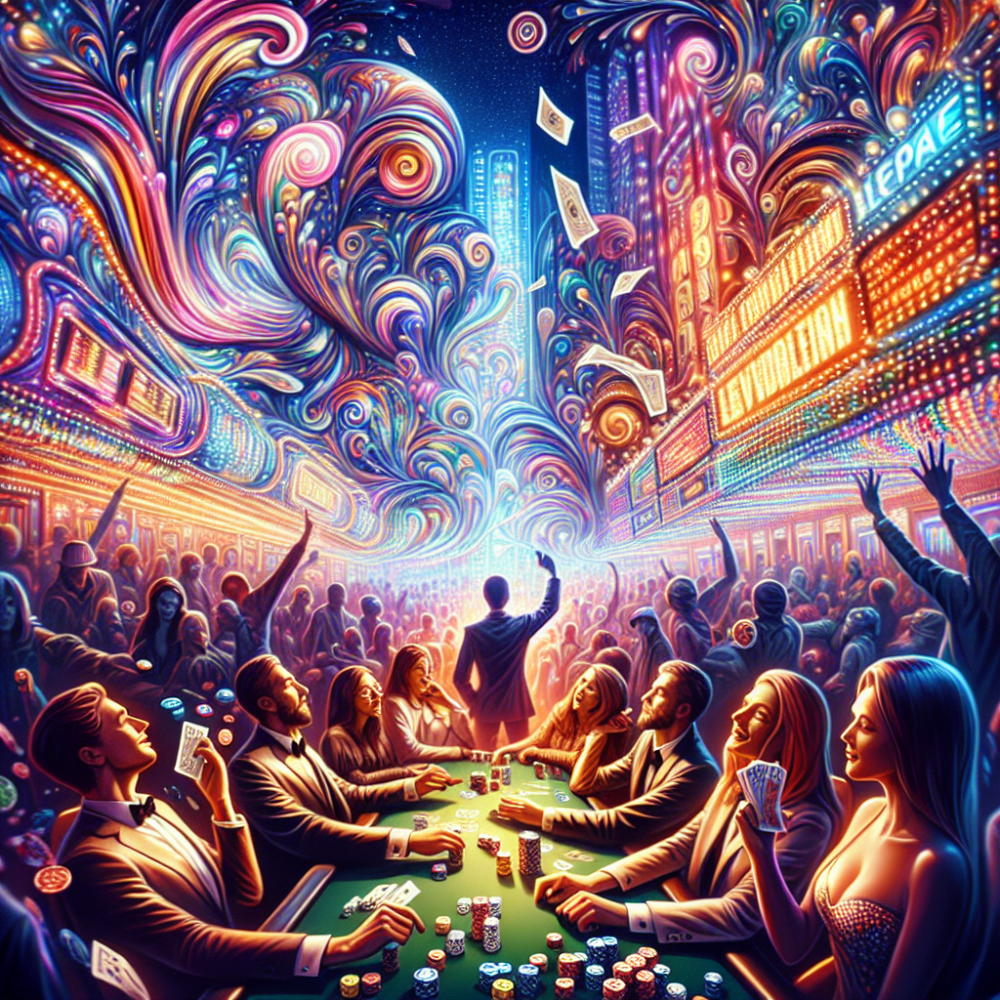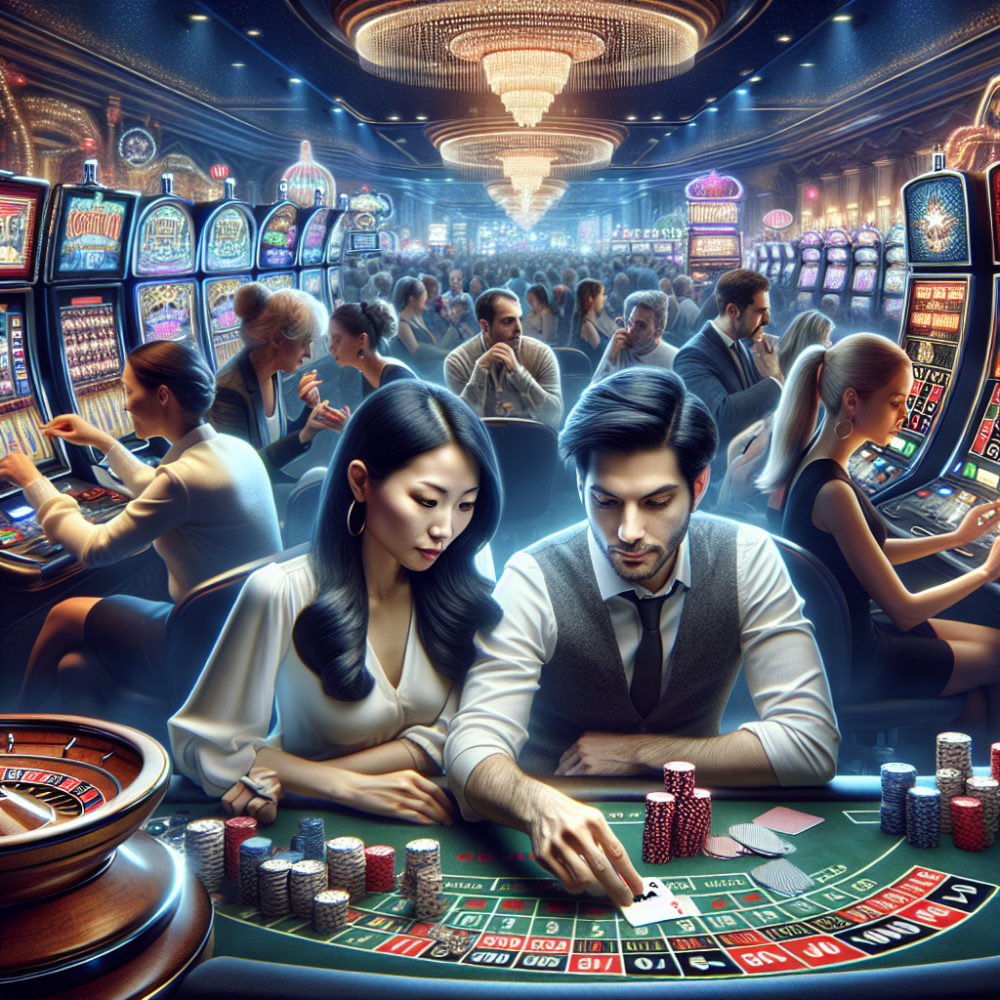When you step into a casino, you're not just entering a building filled with games and opportunities for financial gain; you're stepping into a meticulously crafted environment designed to stimulate engagement, encourage spending, and maximize the time guests spend at the tables and slot machines. This isn't by accident. Every aspect of a casino, from the layout and lighting to sounds and scents, is strategically planned to influence behavior and create an atmosphere that's hard to step away from. In this blog post, we'll explore the various elements that casinos use to engineer environments for maximum engagement.
Psychological Underpinnings
Casinos are masters of psychological manipulation, using various techniques to make gambling more appealing and to keep players gambling longer. The primary psychological principle that casinos exploit is the variable ratio reinforcement schedule, a concept derived from behavioral psychology. This technique rewards players intermittently and unpredictably, which is the most effective way to reinforce a desired behavior: in this case, continuing to gamble.
Sensory Stimulation
1. Lighting and Color Schemes: Casinos often use warm, inviting lighting and vibrant colors that can have a stimulating effect. Red, for example, is a color frequently used because it is believed to help people take risks. The lighting is often dimmed enough to create a cozy, safe space where time seems to stand still.
2. Sound: The sounds in a casino may seem random, but each beep, buzz, and jingle is carefully curated to simulate success and excitement. These sounds encourage players to think they are winning more often than they actually are, or that winning is more frequent than it is.
3. Scent: Some casinos even go as far as pumping in specific scents that are not only pleasant but also designed to boost risk-taking. These scents, combined with the overall atmosphere, can make the environment feel more comfortable and inviting, encouraging guests to stay longer.
Layout and Design
The layout of a casino is no less calculated. There is a reason casinos are often designed with a maze-like structure. The confusing layouts make it difficult for people to find exits and encourage wandering, during which guests are likely to be drawn into games as they pass. Strategic placement of games, high-traffic paths, and the absence of clocks and windows all contribute to an environment where time is lost in the thrill of the chase.
Rewards and Comps
Casinos are also very skilled at offering an economic incentive to keep players engaged through loyalty programs. Comps (complimentary items or services) are given to players based on how much they play, not on how much they win or lose. These can include free hotel stays, meals, shows, and even airfare. These rewards can create a sense of loyalty and encourage longer play times as players try to earn more comps.
Social Dynamics
Casinos also manipulate social dynamics to enhance engagement. Games like craps create a sense of community among players, encouraging cheering and participation from bystanders. This can enhance the feeling of excitement and satisfaction from gambling, making players less likely to walk away. Moreover, the presence of other people can lead to social betting, where individuals are influenced by the bets and outcomes of others around them.
Conclusion
The environment in a casino is not set up with the aim of passively entertaining guests but is an active player in the gambling experience. Every detail is there for a reason: to keep you playing and to maximize the casino's profits. Understanding the strategies that casinos use to engage guests can not only make you more aware as a consumer but also provide fascinating insights into human psychology and behavior. Next time you visit a casino, take a moment to notice these carefully crafted elements—you'll see the game behind the games.




